Go on a journey to meet the real AOMORI.
Touch the energy of traditional craftsmanship,
Hike through pristine nature with Matagi who live together with nature,
Join a vibrantly colored festival and dance wildly with the locals.
With the locals, we will guide you to the “hidden gem”, AOMORI.
AOMORI is located in the northernmost part of Japan’s main island, and is known as a snow area.
The place abounds in the sort of beautiful typical Japan’s rural scene such as pastoral landscapes and rolling mountains. On the other hand, it is a harsh natural environment during winter.
People have the wisdom to survive in the environment. Bringing its spirit into their folk entertainment and cuisine, they created unique handcrafts. They have lived together with nature from long time ago.
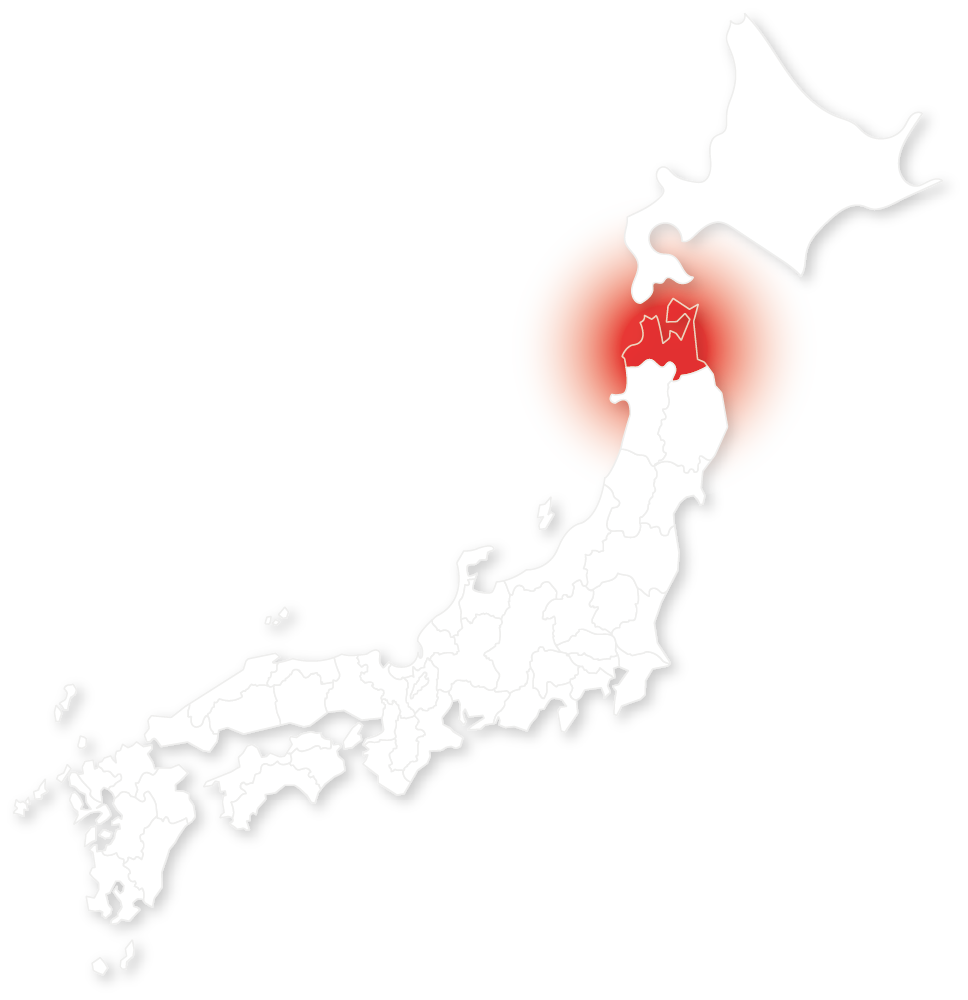
AOMORI is located in the northernmost part of Japan’s main island, and is known as a snow area.
The place abounds in the sort of beautiful typical Japan’s rural scene such as pastoral landscapes and rolling mountains. On the other hand, it is a harsh natural environment during winter.
People have the wisdom to survive in the environment. Bringing its spirit into their folk entertainment and cuisine, they created unique handcrafts. They have lived together with nature from long time ago.

Traveling AOMORI is designed for those who delight in the lovely discovery while indulging mind and body in the beautiful nature and unique cultures through four seasons. Let’s visit AOMORI in all seasons!
Explore cherry blossom viewing spots, those are unparalleled in volume and beauty. Apple blossoms and sparkling paddy fields filled with water are AOMORI’s spring scenery. After the long and cold winter, splendid blossoms announce the arrival of spring.
Feel the cool breeze in the mountains. Enjoy hiking in the deep green of virgin beech forests. And the passionate festivities, especially the Nebuta Festival, rejuvenate the human spirit. It is one of the most splendid and majestic moments in Japan.
It is time to harvest. Paddy fields turn into a golden carpet. And apple fields cover the land as far as the eye can see. Leaves turn yellow, orange and red. Lakes and AOMORI’s unique Japanese garden ponds with fiery autumn leaves reflecting on the surface are so beautiful.
Towns and mountains are covered with snow and the world turns white magically. Enjoy skiing and snowboarding on pristine powder snow or relax your body and soul in hot springs. Have a special experience that can only be experienced in a snow area.
There are many respectable artisans who make no compromise in pursuit of the best quality of work. Set out on a journey to explore the heart and soul of AOMORI.

- Ms. Yoko Sato
“Stack on time. This is the best thing for Kogin embroidery.”
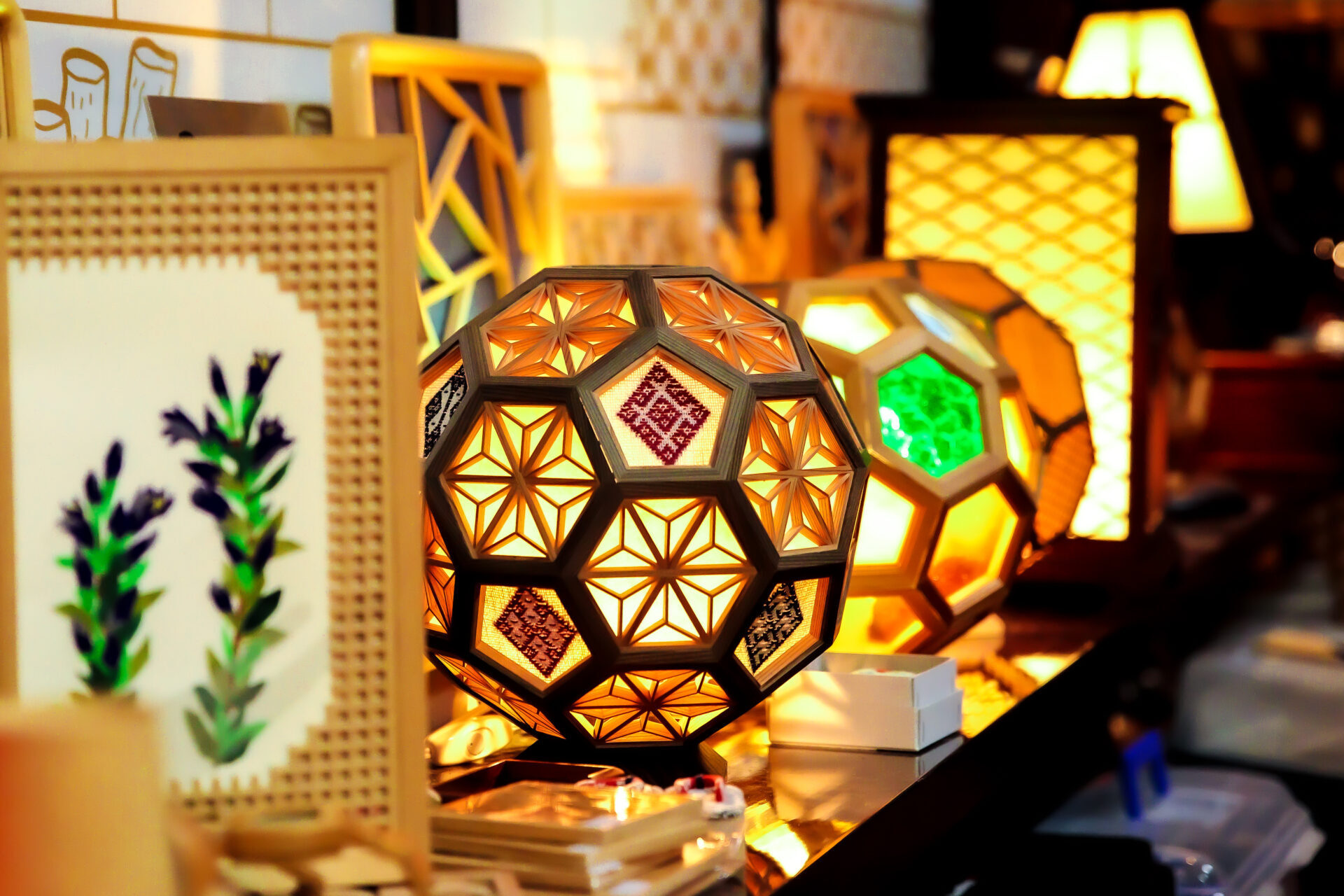
- Mr. Masami Saito
“I want to craft unique pieces.”
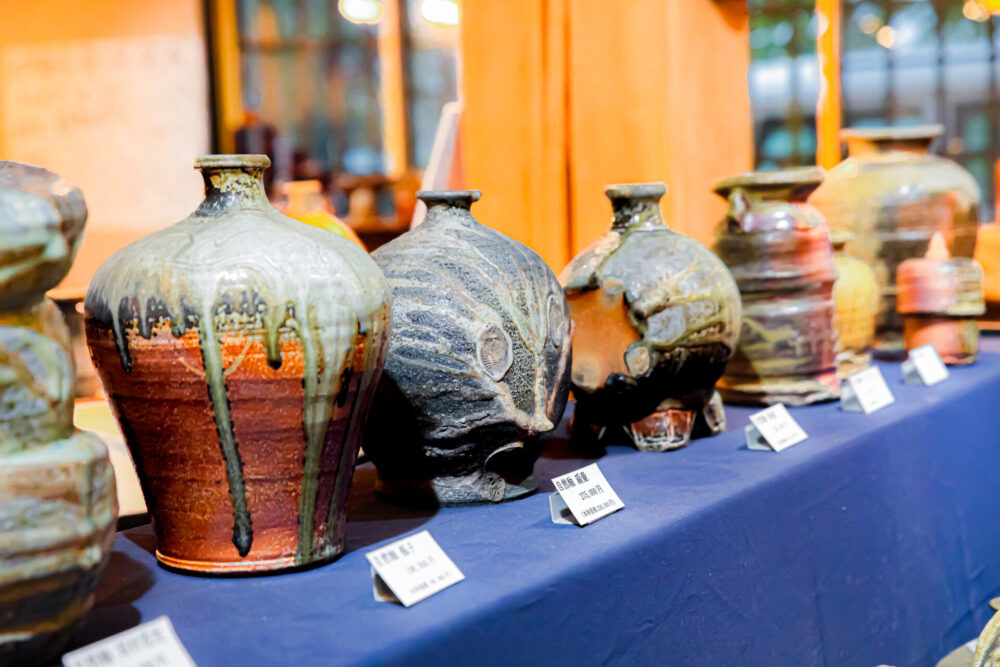
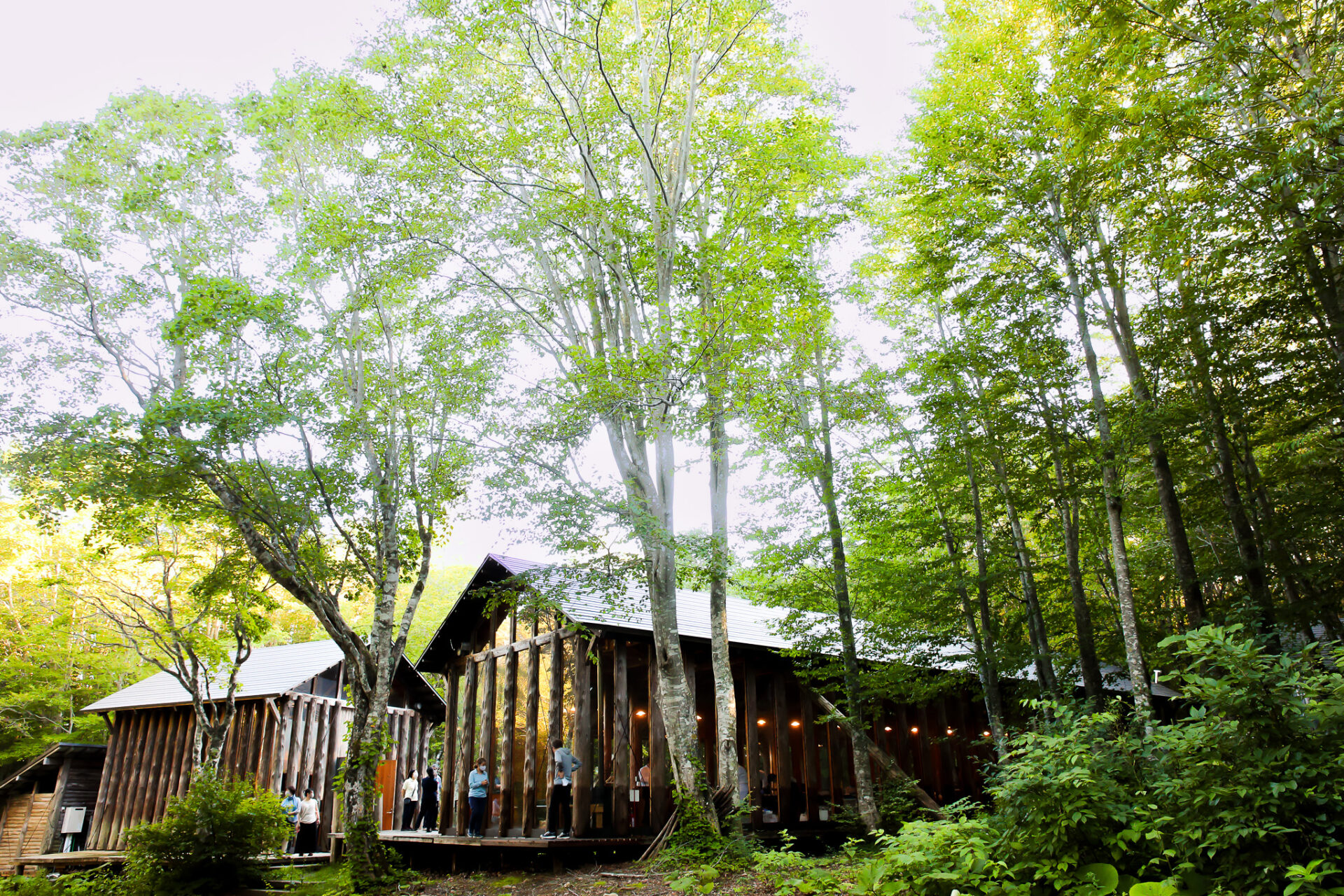
The cottage is located in the primeval beech forest of Towada area. The building has huge wooden pillars and glass on one side. In a premium space surrounded by nature, you can have a party, enjoy BBQ etc… Go outside and enjoy the scenic view by walking into the unspoiled beech forest around the cottage.
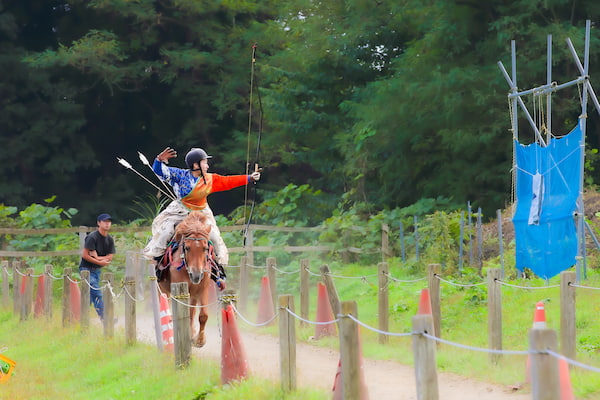
Yabusame is a ceremony in which they shoot at targets as they race by horseback. Until the Middle Ages in Japan, shooting arrows while riding a horse at full speed was an important skill for warriors and Yabusame began as a form of military training combining horsemanship and archery. It has still been passed down as a traditional event today. Presently in Towada, it turned to an enjoyable new style of Yabusame as a sport. Try Yabusame!
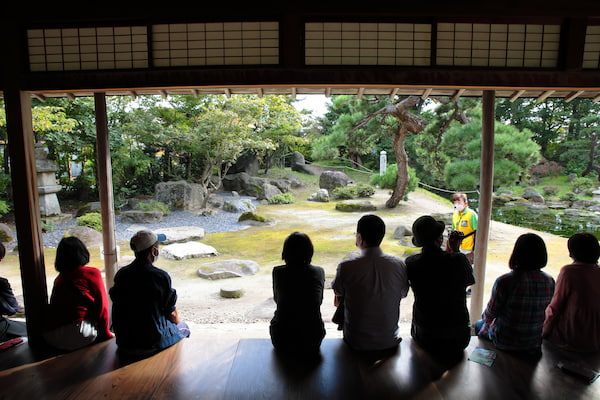
100 years ago, the house owner asked Mr. Sanchi Ogawa (1867-1928), who was a budding craftsman at that time, to create stained glass pieces. Stained glass panel composed with the "shakkei" (borrowed scenery) technique, creating a harmony with the garden outside. Enjoy Sanchi’s excellent sense of color and fusion with Japanese painting in stained glass.
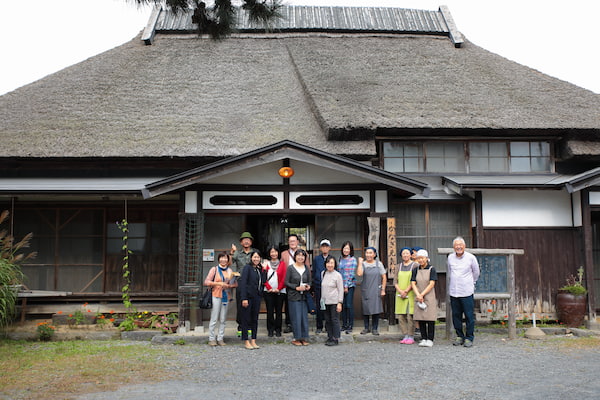
An old private house built in 1871 has a thatched roof (traditional Japanese house style). There is no hustle and bustle of a city here. There are rice plants and Tsugaru plains as far as the eye can see. You will feel as if the time has stopped to stay here. Taste the traditional local “kaccha (mama’s)” food. Enjoy country-style food prepared by local mothers.

Kogin Embroidery’s beauty has brought to life by Japanese women’s wisdom of living in the snow area. Cotton yarn is hand-stitched into the meshes on the fabric, which makes a geometrical pattern. The simple and beautiful geometric pattern seems to symbolize the delicacy and strength of the northern women who continue to embroider each stitch with great care. Take a look at their beautiful arts and give it a try.
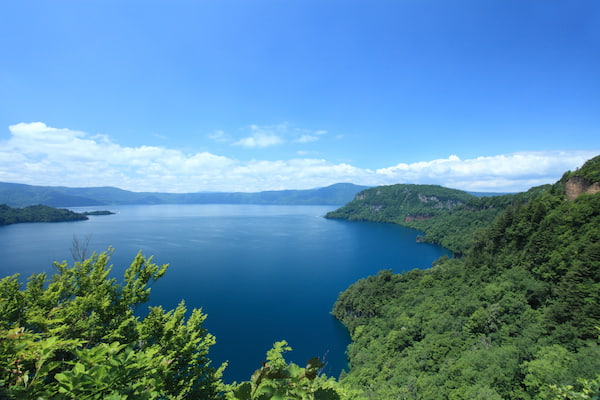
The mystical Lake Towada offers beautiful panoramic views reflecting the surrounding scenery of blue sky, verdant mountains and a riot of autumnal colors on its serene surface. There are several ways to explore, such as hiking on one of the various trails, bike along the lake shore, canoeing or kayaking.
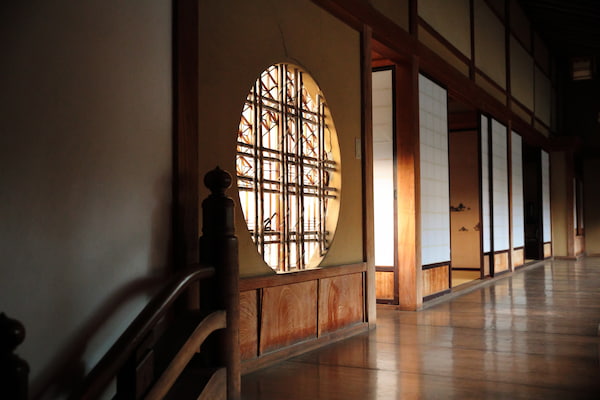
Hirayama was a farmer family, which worked as agricultural administration for feudal lords in the area in the 19th century. Regarding the front gate, it was built with special permission due to numerous services to the feudal lord. Its thatched roof and thick wooden construction was typical of the upper class farmers in the Tsugaru, and is a rare surviving structure. You will find beautiful Kumiko in the room.
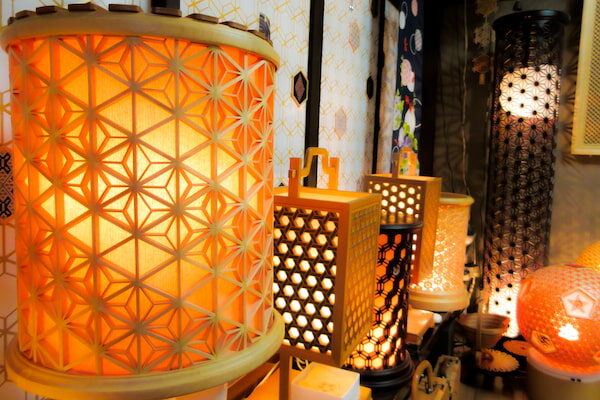
It is characterized by three-dimensional and complex geometric patterns depicted by wooden pieces. It is created without using glue and nails. Take a look at the delicate assembled art and give it a try.
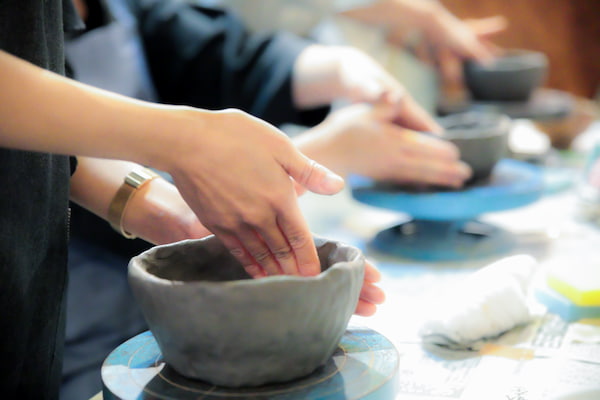
Tsugaru Ujoyaki pottery is evoked in the natural glazing of Ujoyaki, which made by fired red pine leaves to create a story of fire and clay. See the kilns and pottery workshops. There is a gallery, where there are numbers of antique ceramics, which originally influenced the Tsugaru Ujoyaki pottery style. Of course, you can try to create pottery in the studio.
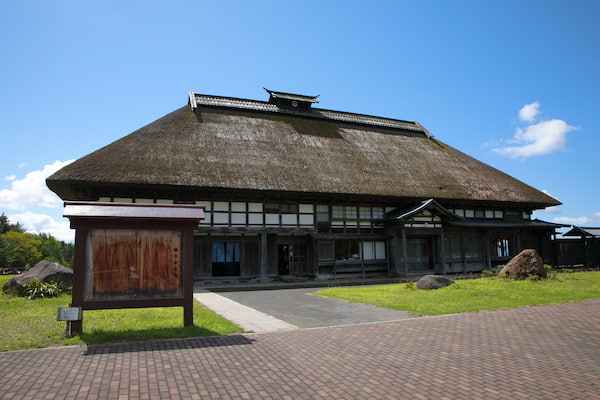
It is a big farmer's family residence in the area. Kusumi family was in the lumber business. The house was constructed in 1892. In this house many exhibits are displayed, and these remind us of the farmer's lifestyle of the 19th century. The place performs exhibitions:Tsugaru-Shamisen(AOMORI’s original instrument) and you can have a light meal and coffee there.
Enjoy the nature and immerse yourself in the culture of the people who live there. Experience the best part of nature with your all five senses, and also the excitement of interacting colorful cultures.
| Cookie | 期間 | 説明 |
|---|---|---|
| cookielawinfo-checkbox-analytics | 11 months | This cookie is set by GDPR Cookie Consent plugin. The cookie is used to store the user consent for the cookies in the category "Analytics". |
| cookielawinfo-checkbox-functional | 11 months | The cookie is set by GDPR cookie consent to record the user consent for the cookies in the category "Functional". |
| cookielawinfo-checkbox-necessary | 11 months | This cookie is set by GDPR Cookie Consent plugin. The cookies is used to store the user consent for the cookies in the category "Necessary". |
| cookielawinfo-checkbox-others | 11 months | This cookie is set by GDPR Cookie Consent plugin. The cookie is used to store the user consent for the cookies in the category "Other. |
| cookielawinfo-checkbox-performance | 11 months | This cookie is set by GDPR Cookie Consent plugin. The cookie is used to store the user consent for the cookies in the category "Performance". |
| viewed_cookie_policy | 11 months | The cookie is set by the GDPR Cookie Consent plugin and is used to store whether or not user has consented to the use of cookies. It does not store any personal data. |
Kogin embroidery is a traditional needlework originally from AOMORI. Its stylish designs feature beautiful diamond patterns.
Kogin embroidery dates back to the Edo period (1603-1867). In the region, the farmers were not allowed to wear cotton, so they lived in clothes of coarse linen however it was freezing. Coarse linen is little warmth, and it also would be tattered by carrying heavy baskets on their shoulders during farm work. Women began to stitch with thread into coarse hemp clothes to reinforce them and hold in warmth. Eventually, Kogin embroidery was born.
After the Edo period, wearing cotton clothes was permitted and embroidering with white cotton thread on dyed indigo cloth became the mainstream. They began competing to stitch the most beautiful pattern. It is said that there were over 300 kinds of patterns.
Over the years, various geometric patterns have passed down through generations.
Kogin embroidery’s beauty has brought to life by Japanese women’s wisdom of living in the snow area.
Ms. Sato carries her favorite needle and thread even when she is out of her house, and even for a short time, she stitches Kogin embroidery.
Kogin embroidery’s beautiful shape is created little by little as time passes.
She said, “Predecessors took care about the end of the thread, and the reversed pattern is also beautiful! Great work even from behind.”
Tsugaru traditional Kumiko is created in a beautiful three-dimensional form with the delicate combination of linear parts.
Beginning as an artform in the 8th century, Kumiko is a unique Japanese technique of woodwork. No nails, glue or metal pieces are used, only the wooden parts are put together by adjusting grooves and angles. This is achieved with meticulous calculating, cutting and arranging.
Tsugaru traditional Kumiko is characterized by three-dimensional and complex geometric patterns depicted by carving grooves, holes, tenons on finely sawed woods and combining numerous linear parts.
Mr. Saito continues to explore the potential new modes of expression. He believes that it is necessary to evolve with the times.
So he creates a wide range of products, such as interior decorations, paper lamps, partitioning screens, folding screens, spherical lampshades and bags.
He said, “I want to craft unique pieces.” Therefore, he doesn’t want to make the same things repeatedly. He is not only inheriting the tradition, but also making use of it. He always moves on to the next unique work.
Objects created by a potter using only materials from nature, and melted ash of red pine leaves create mystic designs. That’s Tsugaru Ujoyaki pottery.
After nurturing a high-temperature flame in the kiln, the red pine wood turns to ash and falls onto the works like snow. As the temperature in the kiln goes even higher, the ash melts into a vitreous entity. The vessels take on a glass-like appearance with dazzling vibrant colors.
Mr. Imai pursues the ultimate expression of natural ash glaze, produced by the interaction of nature and humans.
He said, “I want to make something crazy.”
He aims to produce something intense.
No two items are fired under the same condition. This is due to the nature of the kiln, the nature of the red pine wood, such as the age of the tree, the meteorological conditions it lived in and the time of the year it was cut down. He never knows how it will be until opening the kiln. That’s the fun part for him.
He said quietly, “Even imperfect pieces are treated as works of art.” “Even if only a fragment remains, I want it to be a work of art.”
He is producing works with unwavering creativity.